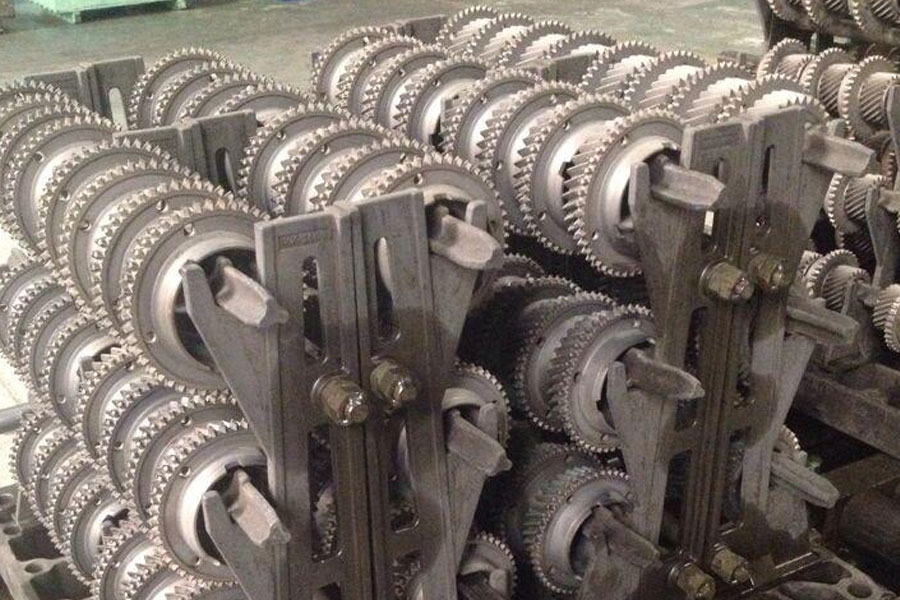The truss manipulator is a fully automatic industrial equipment based on the right-angle X, Y, Z coordinate system to adjust the position of the workpiece, or to realize the trajectory movement of the workpiece.
Truss manipulators in industrial applications can realize automatic control, reprogrammable, multi-functional, multi-degree-of-freedom, multi-purpose manipulators with spatial right-angle relationship between degrees of freedom. Trussed manipulators can carry objects and operate tools to complete various tasks.
The control core of the truss manipulator is realized by industrial controllers (such as: PLC, motion control, microcontroller, etc.). Through the controller’s analysis and processing of various input (various sensors, buttons, etc.) signals, and after making certain logical judgments, issue execution commands to each output element (relay, motor driver, indicator light, etc.) to complete X, Y , Z joint motion between the three axes, in order to achieve a complete set of fully automatic operation process.
The truss manipulator is composed of six parts: the structural frame, the X-axis component, the Y-axis component, the Z-axis component, the tooling fixture, and the control cabinet. After receiving the signal and analyzing and processing, the truss manipulator issues the order by itself. get on. So what functions do each of these six parts manage? Let’s take a look together.
1. Structural frame, mainly composed of structural members such as columns, its role is to suspend the shaft to a certain height, mostly composed of machining aluminum profiles or square pipes, rectangular pipes, round pipes and other welded parts;
2. X-axis component, Y-axis component, Z-axis component, the three kinematic components are the core components of the truss manipulator, and its definition rules follow the Cartesian coordinate system [.
3. There are different forms of tooling fixtures according to the shape and material of the workpiece, such as: vacuum suction cup suction, chuck clamping, holding or pin-clamping.
4. The control cabinet is equivalent to the brain function of the truss manipulator. Through the industrial controller, it collects the input signals of each sensor or button to send instructions to the execution elements to perform the predetermined actions.
5. Each axis assembly of trussed manipulator is usually composed of five parts: structural parts, guides, transmission parts, sensor detection elements and mechanical limit components.
- Structural parts are usually composed of aluminum profiles or square pipes, rectangular pipes, channel steels, I-beams and other structures. Their function is to serve as a mounting base for components such as guides, transmissions, etc., and also the main bearer of the load on the robot.
- The guides are usually linear guides, v-shaped roller guides, U-shaped roller guides, square guides, and dovetail grooves. Their specific applications need to be determined according to actual operating conditions and positioning accuracy.
- There are usually three types of transmission parts: electric, pneumatic, and hydraulic. Among them, electric gears have rack and pinion structure, ball screw structure, timing belt drive, chain tradition, and wire rope drive.
- Sensor detection elements, usually use limit switches at both ends as electrical limits. When the moving component moves to the limit switches at both ends, the mechanism needs to be locked to prevent it from overtravel; in addition, there is an origin sensor and position feedback. sensor.
- The mechanical limit group is a rigid limit beyond the electric limit stroke, commonly known as the dead limit.
